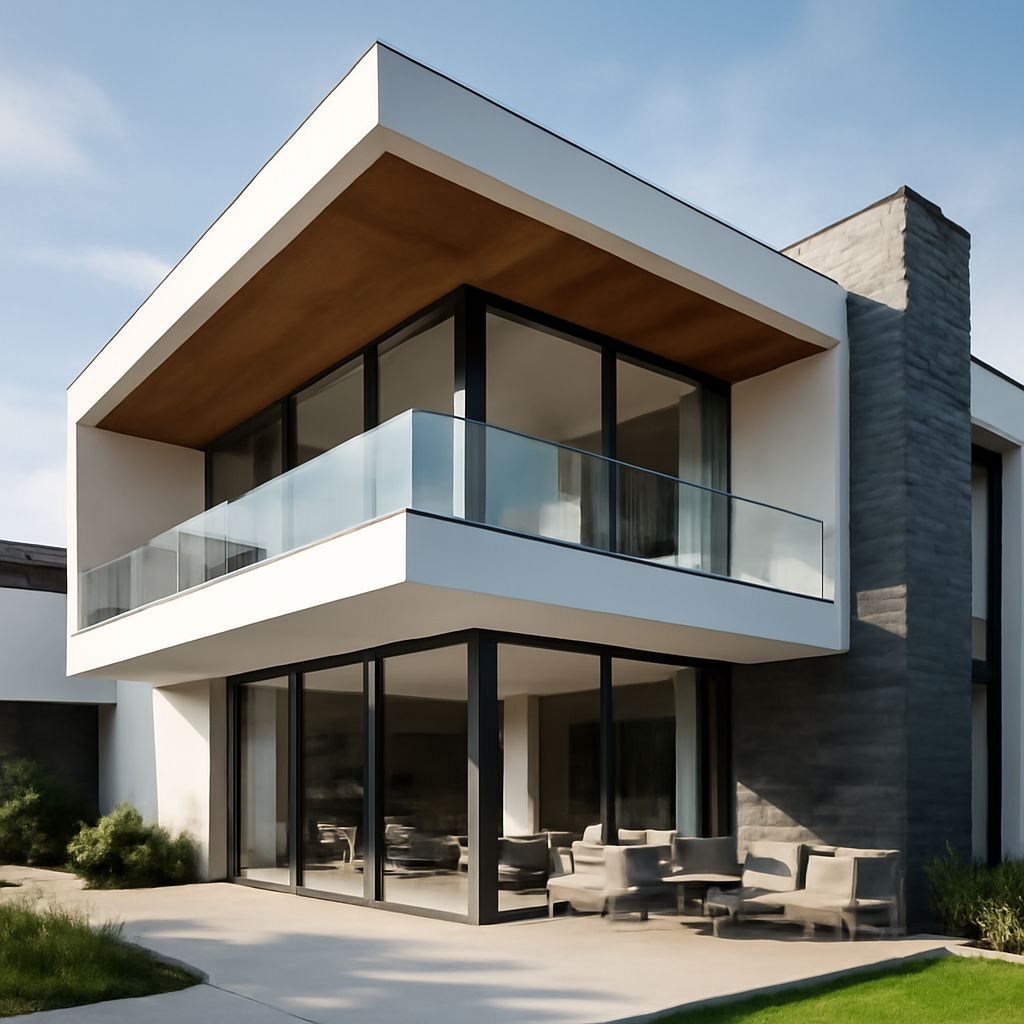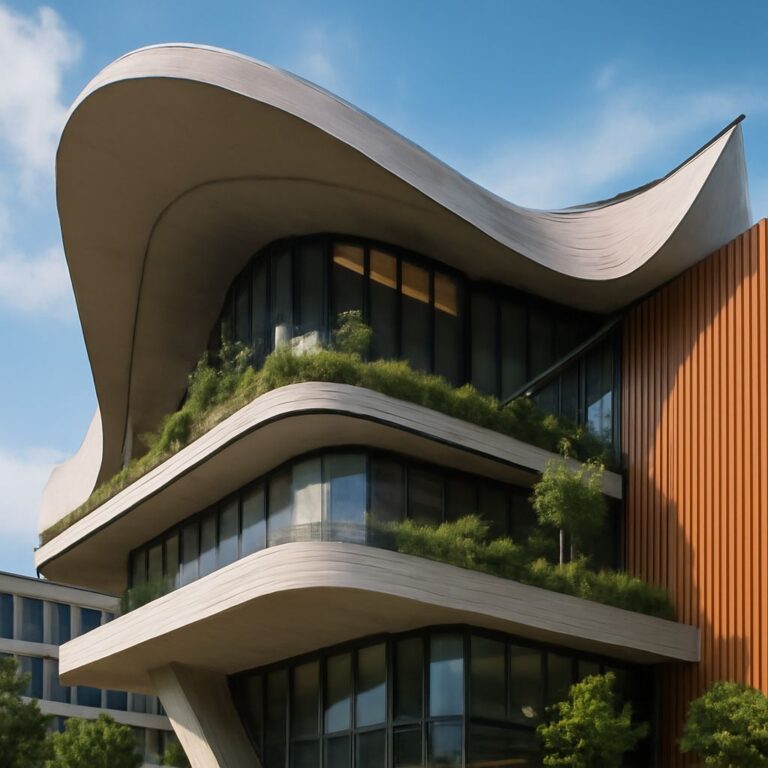Table of Contents
Innovative Architectural Design: Transforming Spaces with Style
Architectural design is a blend of art and science, where aesthetics meet functionality. Over the years, the field has evolved dramatically, driven by advancements in technology, changing societal needs, and a growing awareness of sustainability. In this article, we will explore the latest trends in innovative architectural design, showcasing how these innovations are transforming spaces into extraordinary environments.
The Importance of Innovative Architectural Design
Innovative architectural design plays a crucial role in our built environment. Here are some key reasons why it is essential:
- Enhancing Functionality: Innovative designs maximize the use of space, making it more functional for its intended purpose.
- Fostering Creativity: Unique architectural concepts inspire creativity, both for the designers and the users of the space.
- Encouraging Sustainability: Modern designs often incorporate sustainable practices that minimize environmental impact.
- Improving Aesthetics: Architectural innovation can transform mundane structures into visually striking buildings that enhance their surroundings.
Current Trends in Innovative Architectural Design
The architectural industry is currently experiencing several exciting trends that are reshaping how we view and interact with spaces. Some of these trends include:
1. Biophilic Design
Biophilic design is a concept that seeks to connect people with nature. It incorporates natural elements into building designs to create healthier and more enjoyable environments. Key features include:
- Natural light maximization
- Indoor plant integration
- Water features
- Natural materials such as wood and stone
Biophilic design not only enhances the aesthetic appeal of a space but also promotes well-being and productivity. A study published in the Journal of Environmental Psychology found that incorporating natural elements can reduce stress and enhance mood.
2. Sustainable Architecture
As climate change becomes an increasingly pressing issue, architects are focusing on sustainable practices. This includes:
- Energy-efficient designs
- Use of renewable resources
- Recycling materials
- Incorporating green roofs and walls
Sustainable architecture aims to minimize the carbon footprint of buildings while optimizing energy efficiency. This approach not only supports environmental goals but often leads to long-term cost savings for building owners.
3. Modular Construction
Modular construction involves pre-fabricating building sections off-site and then assembling them on-site. This method offers several advantages:
- Reduced construction time
- Lower labor costs
- Minimized waste generation
As cities face housing shortages, modular construction provides a viable solution to increase housing supply quickly and efficiently. It is becoming increasingly popular in residential, commercial, and even healthcare applications.
4. Smart Buildings
The rise of technology has paved the way for smart buildings equipped with interconnected devices that enhance both functionality and user experience. Features include:
- Automated lighting and climate control
- Advanced security systems
- Sensors for energy monitoring
Smart buildings use data to optimize performance, reduce energy consumption, and improve comfort. They represent a significant shift towards integrating the Internet of Things (IoT) into architecture.
Case Studies of Innovative Architectural Designs
To illustrate these trends further, let’s look at some notable case studies showcasing innovative architectural design.
Case Study 1: The Eden Project, UK
The Eden Project, located in Cornwall, England, is a remarkable example of biophilic design. It features a series of geodesic domes housing various biomes and an extensive garden, all designed to emulate different climates. This project demonstrates:
- The successful integration of natural ecosystems into architecture
- The educational potential of exhibiting biodiversity
- The impact of eco-tourism on local economies
The Eden Project has attracted millions of visitors and serves as a global symbol of sustainability and innovation.
Case Study 2: Bosco Verticale, Italy
Located in Milan, the Bosco Verticale (Vertical Forest) is an outstanding example of sustainable architecture that incorporates lush greenery into high-rise living. The project features two residential towers covered with over 9,000 trees, 19,000 shrubs, and 11,000 plants. Key takeaways include:
- Improved air quality due to the vegetation
- Significant reduction in energy consumption for heating and cooling
- Increased biodiversity in urban settings
This project showcases the potential of integrating nature into urban living, making it a pioneer in sustainable residential architecture.
Case Study 3: The Edge, Netherlands
The Edge in Amsterdam is often dubbed the world’s greenest office building. It features an array of smart technologies that optimize energy efficiency and user comfort. Important features include:
- Solar panels that generate more energy than the building consumes
- A smart lighting system that adapts to natural light levels
- A unique design that encourages collaboration among employees
The Edge serves as a model for future office spaces, blending sustainability with cutting-edge technology.
Challenges in Innovative Architectural Design
Despite the many advantages of innovative architectural design, several challenges can arise:
- Cost: The initial investment for cutting-edge technologies and sustainable materials can be high, which may deter some developers.
- Regulations: Navigating building codes and regulations can be challenging, especially for new and untested designs.
- Market Acceptance: There can be resistance to new architectural trends, especially in conservative markets that favor traditional designs.
Overcoming these challenges requires a proactive approach, including education, advocacy, and collaboration among architects, developers, and regulatory bodies.
The Future of Architectural Design
As we look to the future, the field of architecture will continue to evolve. Some predictions include:
- Increased emphasis on resilience in design to withstand climate change impacts.
- The rise of virtual and augmented reality in the design process, allowing for greater creativity and client engagement.
- Greater collaboration between architects and other professions, such as urban planners and environmental scientists, to create holistic solutions.
Architectural innovation will play a vital role in addressing the challenges of urbanization, environmental degradation, and social equity. By embracing creativity and pushing the boundaries of design, architects can create spaces that are not only functional but also inspiring.
Conclusion
Innovative architectural design is transforming how we perceive and interact with spaces. By incorporating biophilic elements, sustainable practices, smart technologies, and modular construction methods, architects are creating environments that enhance our quality of life. As we continue to face global challenges, the role of architectural innovation will be more crucial than ever. The future of architecture promises exciting possibilities, and it is up to the next generation of architects to shape it.
FAQ
What is innovative architectural design?
Innovative architectural design refers to the creative approach in building and space creation that incorporates new ideas, technologies, and materials to enhance functionality and aesthetics.
How does innovative architectural design transform spaces?
It transforms spaces by maximizing efficiency, improving user experience, and creating visually appealing environments that reflect modern needs and lifestyles.
What are the benefits of using innovative architectural designs in buildings?
Benefits include increased energy efficiency, enhanced sustainability, improved space utilization, and greater adaptability to changing needs.
Can innovative architectural design be applied to both residential and commercial spaces?
Yes, innovative architectural design can be applied to both residential and commercial spaces, allowing for unique solutions tailored to specific requirements.
What role does technology play in innovative architectural design?
Technology plays a crucial role by providing advanced tools for design visualization, construction techniques, and smart building systems that enhance overall performance.
How can I find an architect specializing in innovative design?
You can find an architect specializing in innovative design by researching local firms, checking their portfolios for modern projects, and reading client reviews.


